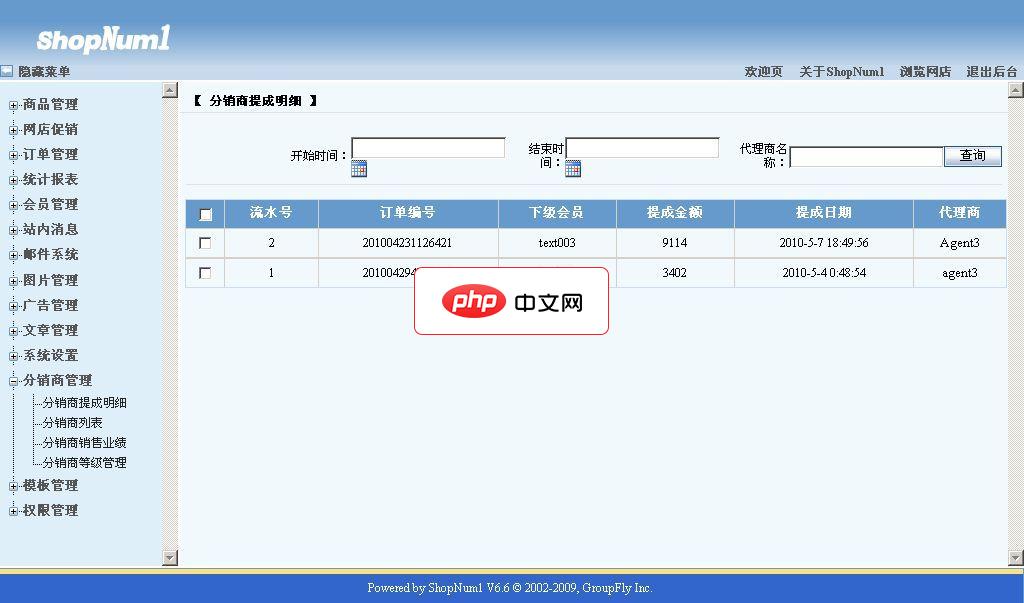go 技术在微服务架构中实现安全性提供了强大的内置特性,包括认证和授权机制:http.handler:用于身份验证和授权检查。context.context:用于传递认证和授权信息。加密方面:crypto/sha256:用于生成 sha-256 哈希值。crypto/aes:用于使用 aes 加密数据。crypto/tls:用于实现 tls 加密通信。

Go 技术在微服务架构中实现安全性
在微服务架构中,安全性至关重要。Go 技术以其对并发的出色支持和内置的安全特性而闻名,使其成为实现微服务安全性时的一种理想选择。本文将展示如何使用 Go 技术在微服务架构中实现安全性,并提供一个实战案例供参考。
认证和授权
立即学习“go语言免费学习笔记(深入)”;
在微服务之间进行通信时,需要采用机制来验证微服务的身份和授予其所需的权限。Go 技术提供了几个内置库来实现认证和授权,例如:
加密

ShopNum1是武汉群翔软件有限公司自主研发的基于 WEB 应用的 B/S 架构的B2C网上商店系统,主要面向中高端客户,为企业和大中型网商打造优秀的电子商务平台, ShopNum1运行于微软公司的 .NET 平台,采用最新的 ASP.NET 3.5技术进行分层开发。 拥有更强的安全性、稳定性、易用性 。ShopNum1分销系统是实现您货源网络分销,代理渠道网络拓展、品牌直销店连锁加盟的一套B2
 0
0

在微服务架构中保护敏感数据至关重要。Go 技术提供了以下用于加密和解密数据的内置库:
实战案例
以下是一个实战案例,展示如何在 Go 微服务中实现认证和加密:
// auth.go
package auth
import (
"context"
"encoding/base64"
"fmt"
"log"
"net/http"
"crypto/sha256"
"crypto/subtle"
)
// Middleware for authentication
func Middleware(next http.Handler) http.Handler {
return http.HandlerFunc(func(w http.ResponseWriter, r *http.Request) {
// Get the authorization header
authHeader := r.Header.Get("Authorization")
// Parse the authorization header
if authHeader == "" || !strings.HasPrefix(authHeader, "Basic ") {
http.Error(w, "Unauthorized", http.StatusUnauthorized)
return
}
// Decode the base64 encoded credentials
credentials, err := base64.StdEncoding.DecodeString(authHeader[6:])
if err != nil {
http.Error(w, "Unauthorized", http.StatusUnauthorized)
return
}
// Split the credentials into username and password
username, password, ok := strings.Cut(string(credentials), ":")
if !ok {
http.Error(w, "Unauthorized", http.StatusUnauthorized)
return
}
// Verify the credentials
if verifyCredentials(username, password) {
// Set the authenticated user in the context
ctx := context.WithValue(r.Context(), "user", username)
// Call the next handler with the authenticated context
next.ServeHTTP(w, r.WithContext(ctx))
} else {
http.Error(w, "Unauthorized", http.StatusUnauthorized)
return
}
})
}
// Function to verify credentials
func verifyCredentials(username, password string) bool {
// Hash the password using SHA-256
passwordHash := sha256.Sum256([]byte(password))
// Compare the hashed password with the stored password
return subtle.ConstantTimeCompare(passwordHash[:], []byte("storedPasswordHash")) == 1
}结论
Go 技术通过提供一组强大的内置特性,使在微服务架构中实现安全性变得更加容易。通过使用认证和授权机制以及加密技术,您可以保护敏感数据、验证微服务身份并授予所需的权限。本文所述的技巧和实战案例将帮助您创建安全且可靠的微服务架构。
以上就是Golang技术在微服务架构中实现安全性?的详细内容,更多请关注php中文网其它相关文章!

每个人都需要一台速度更快、更稳定的 PC。随着时间的推移,垃圾文件、旧注册表数据和不必要的后台进程会占用资源并降低性能。幸运的是,许多工具可以让 Windows 保持平稳运行。

Copyright 2014-2025 https://www.php.cn/ All Rights Reserved | php.cn | 湘ICP备2023035733号